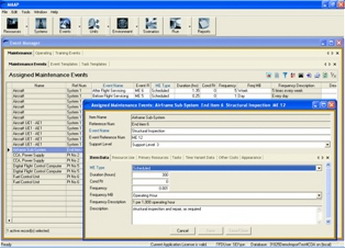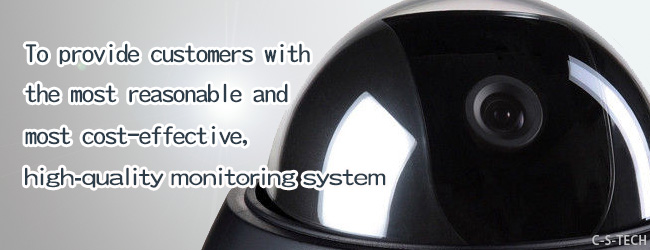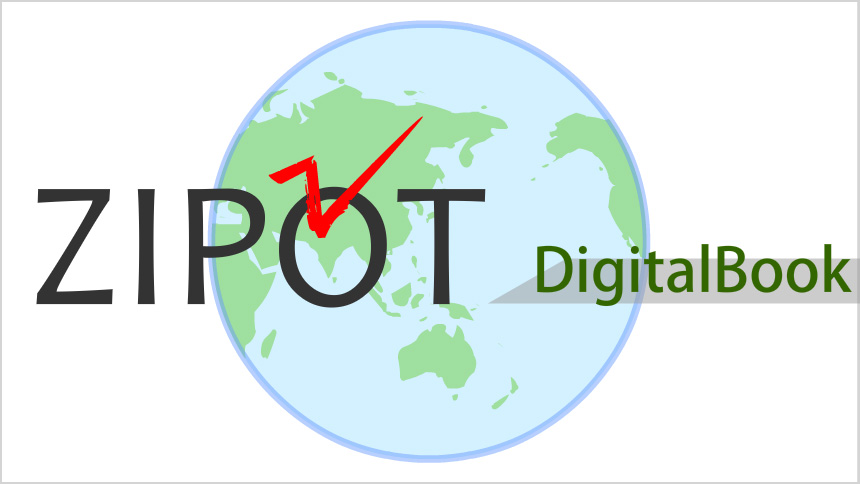 MAAP
MAAP
 MAAP - TOC, LSA, Budget Forecast
MAAP - TOC, LSA, Budget Forecast

Weapon system management has entered the epoch of R-TOC
(reduction of total ownership costs), a strategy to free
up funds for capability modernization by reining in the
support costs of current systems. R-TOC measures include:
upgrading reliability and maintainability, speeding up supply
chains, and instituting competitive product support. All without impairing readiness.
These seem to be tried and true measures. So what's new about R-TOC? Nothing except the packaging and high-level attention. But that's enough to cast the Total Life Cycle System Manager adrift in a vast and confused decision space. And to define a new, high-stakes contracting game in which the risks of making the wrong support investments are shifted from buyer to seller.
Earlier in the 90s the venerable idea of LCC (life cycle cost)
segued into the TOC paradigm. The focus was the unique leverage
that can be applied in the concept, development and acquisition
phases of the life cycle. The objective of LCC analysis was usually
a single number: the sum of the costs expected to accrue over the life
cycle as a consequence of choosing a particular design solution. And while
TOC analysis brought the idea of plotting resource and cost profiles along
a timeline, the context was still the front-end choice.
But then somebody noticed that the future can be a very, very long time.
The front-end never ends. Modern weapon systems tend to be platforms capable
of absorbing many cycles of so-called spiral development. The choices keep on coming.
MAAP is the ideal R-TOC decision support model. Under the name EDCAS® 17 it first saw
action in 1996 in support of a competitive bid by Avondale Industries (now part of Northrop Grumman)
to design and build the US Navy's LPD 17 class of amphibious assault ships. Largely because the EDCAS
17 approach gave much better visibility of TOC, the USN awarded the contract to Avondale, the high bidder.
MAAP's power stems from its design as an analytical platform,
capable of supporting a wide range of analytical tasks and of
absorbing its own cycles of spiral development. A MAAP model keeps
its relevance over the life cycle of a capital investment by passing
data from one analytical exercise to the next with no need for re-interpretation,
transformation or re-entry into other decision models or databases. And MAAP is equally
at home in both the military and non-military spheres: the method works equally well whether the scenario is Desert Storm or urban mass transit.
 How MAAP Works
How MAAP Works
The MAAP concept is simple and straightforward. The system(s) under study are described (at any desired level of detail)
as hardware breakdown structures. The "future history" of these systems is communicated in the form of "events",
characterized as happening at given frequencies, taking so long and using specific resources: skilled labor, parts,
tools, shops, technical data, software and energy. Systems are brought into existence by non-recurring events (such as R&D)
and recurring events (such as manufacturing), deployed to specified operating locations, and subjected to spiral development
through the mechanism of "upgrade events". System use is regulated by "operating events", and operation causes a need for "maintenance events"
(both scheduled and unscheduled) at specified support facilities, in turn triggering requirements for "training events" and transportation.
Operating events incorporate operating phases,
which cue the model to turn a system's various subsystems on and off,
or place them in stand-by mode. As operating events are processed over the life cycle,
each subsystem logs its own amount of operating time (or landings, catapults, shots, etc).
The subsystem (and subsidiary component) clocks then trip scheduled and unscheduled
maintenance event clocks at the appropriate locations. As a result, MAAP knows both where and
when each resource will be required. And since the resources have delay times associated with them,
the model also knows when it must initiate procurement or training actions. Also, unlike conventional
LSA approaches, MAAP recognizes that amounts in excess of the mean resource requirement must usually be provided to achieve a given level of system availability.
 Question MAAP Answers
Question MAAP Answers
In a nutshell, MAAP can be used to study the resource and cost implications of the deployment, operation and support of complex, evolving systems in dynamic operating scenarios. MAAP provides unmatched decision support in a range of typical settings:
- System Selection. Although usually based on multiple criteria, selection choices should always be informed by reliable TOC and resource profiles. MAAP not only provides these things, but also facilitates transmission from prospective vendors of detailed product information for timely comparative analysis.
- Operational Planning. MAAP gives unmatched resolution of the costs and resource implications of system deployment and usage options.
- Support Planning. MAAP facilitates identification of competitive in-house or outsourced maintenance, supply and management arrangements.
- Resource Management. MAAP gives a full picture of the resource use profiles associated with system acquisition, phased introduction, operation, support and upgrade.
- Capability Planning. The need for systems to be enhanced, replaced or refurbished gives rise to a complex resource allocation problem in which many competing interests have to be resolved. MAAP enables originators of resource bids to estimate their future needs accurately. And since commitment and expenditure options can be compared in a timely way, top-level decision makers can arbitrate between funding candidates in the overall interest of present and future capability.
- Budget Planning and Budget Cut Exercises. Last year's costs seldom reveal much of value about next year's. MAAP translates system attributes, the current state and planned operations into specific budget requirements – by time period and location. MAAP can also help in identifying events and resources that can be delayed or done without so that budget cuts can be accommodated with least impact on system performance.







